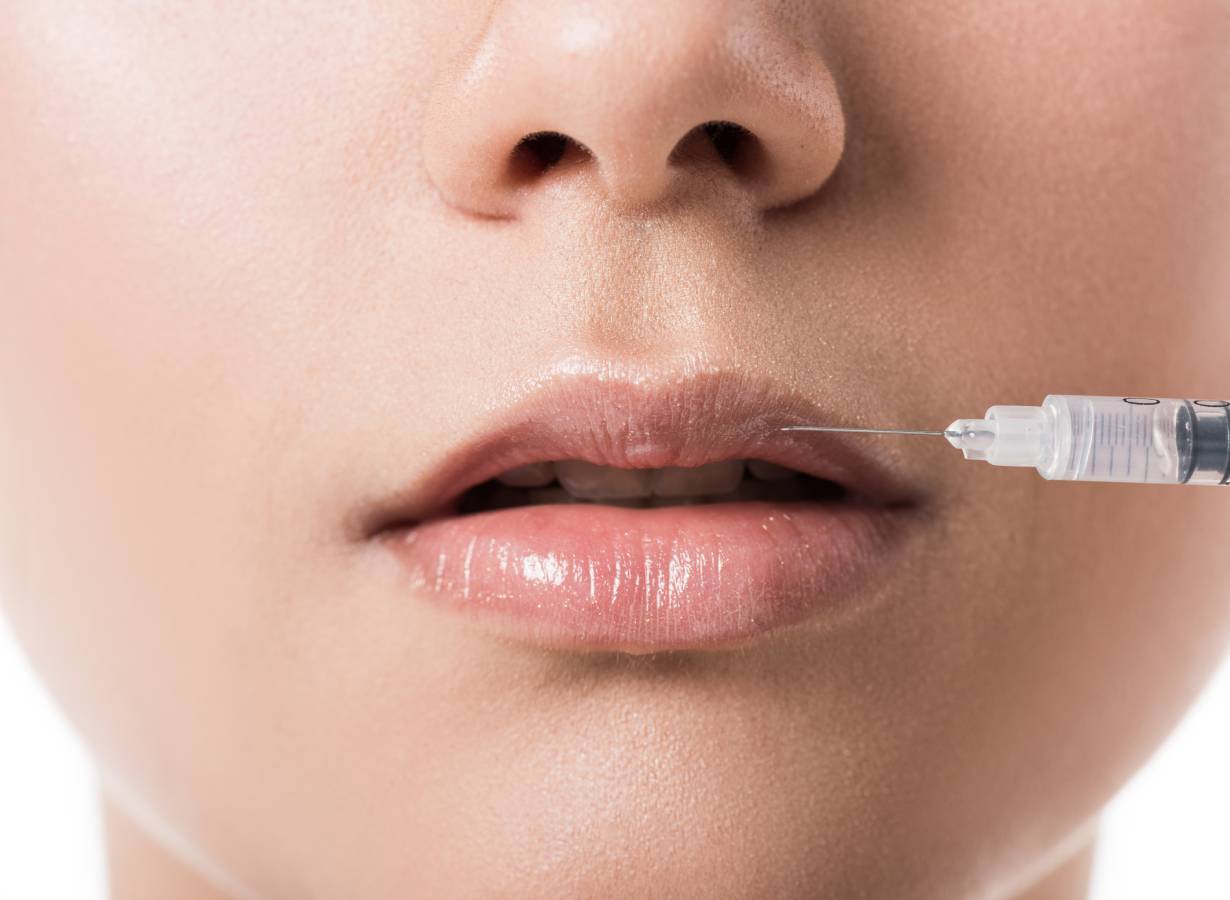ermal fillers have become a cornerstone of cosmetic dermatology, helping millions achieve more youthful looks without invasive surgery. Despite their popularity, many people still have questions about what dermal fillers are, how they work, and what to expect during and after treatment. In this article, we delve deep into the 10 most common questions about dermal fillers, providing detailed and informative answers.
1. What Are Dermal Fillers?
Dermal fillers are biocompatible materials injected into the skin to restore lost volume, smooth lines, and enhance facial contours. They are most commonly made from hyaluronic acid, a substance naturally found in the skin, which helps retain moisture and keep the skin hydrated and plump. Other types include calcium hydroxylapatite, poly-L-lactic acid, and polymethylmethacrylate beads, each tailored for specific results and longevity.

2. How Do Dermal Fillers Work?
When injected under the skin, fillers add volume immediately. Hyaluronic acid fillers draw water into the gel matrix, which helps smooth out wrinkles and folds and adds volume to sunken areas. The results are a smoother, fuller appearance in treated areas, enhancing facial symmetry and youthfulness. Fillers also stimulate collagen production over time, contributing to skin firmness and elasticity.
3. What Can Dermal Fillers Treat?
Dermal fillers are versatile and can be used to address a variety of issues, including:
- Smoothing out deep under-eye circles
- Enhancing and volumizing lips
- Softening facial creases and wrinkles
- Improving the appearance of recessed scars
- Contouring the jawline and other facial contours
Additionally, fillers can correct volume loss in the hands, making them a truly versatile solution in anti-aging therapy.
4. Are Dermal Fillers Safe?
Yes, dermal fillers are safe when administered by a qualified professional. The most common fillers, made from hyaluronic acid, are especially safe because they are made from substances similar to those found in the body. However, as with any medical procedure, there are risks, including allergic reactions, infection, and the possibility of filler migration. Choosing a skilled and experienced practitioner minimizes these risks.
5. How Long Do Dermal Fillers Last?
The longevity of the effects from dermal fillers depends on the type of filler used, the area treated, and the patient’s metabolism. Typically, results can last from 6 months to over a year. In some cases, particularly with more stable fillers used for jawline contouring or cheek enhancement, results can last up to two years.
6. What Is the Difference Between Botox and Dermal Fillers?
While both Botox and dermal fillers are used to combat the appearance of wrinkles, they work in very different ways. Botox relaxes the muscles that cause wrinkles through facial expressions, primarily used around the eyes and forehead. Dermal fillers, on the other hand, fill in wrinkles and add volume to facial features.
7. Do Injections Hurt?
Most people find dermal filler injections to be mildly uncomfortable rather than painful. Many dermal fillers are infused with lidocaine to help minimize discomfort during the procedure. Additionally, practitioners may apply a topical numbing cream before injecting to ease any discomfort.
8. What Should I Expect After Getting Dermal Fillers?
Immediately after the injections, there may be some swelling, redness, and bruising around the treated areas. These side effects are usually mild and subside within a few days. Most patients can return to their normal activities immediately after leaving the clinic.
9. Can Dermal Fillers Be Removed?
If necessary, most hyaluronic acid-based fillers can be dissolved using an enzyme called hyaluronidase. This makes hyaluronic acid fillers particularly popular, as they offer more flexibility in case of an undesirable outcome or if the patient changes their mind.
10. How Do I Choose a Provider?
Choosing the right provider is crucial for ensuring safe, effective results with dermal fillers. Look for a provider with extensive training in dermal filler injections, such as a board-certified dermatologist or plastic surgeon. It’s also a good idea to look at before-and-after photos of previous patients to evaluate the provider’s aesthetic style. Make sure to discuss your aesthetic goals and expectations during your consultation.
Conclusion
Dermal fillers offer a fantastic way to reduce signs of aging without surgery, but like any medical treatment, they come with considerations. By understanding what dermal fillers are, how they work, and what to expect during and after treatment, you can make an informed decision about whether they are the right choice for you. Always ensure that you choose a qualified and experienced practitioner to achieve the best results safely and effectively.
By addressing these common questions, potential patients can gain a thorough understanding of what to expect from dermal fillers, helping them make informed decisions about their skin care and aesthetic improvements.
The Final Verdict
When seeking the best, why settle for anything less?
Contact Happy Hands Aesthetics, the best cosmetic injection clinic in LA, for dermal fillers, and schedule an appointment.



